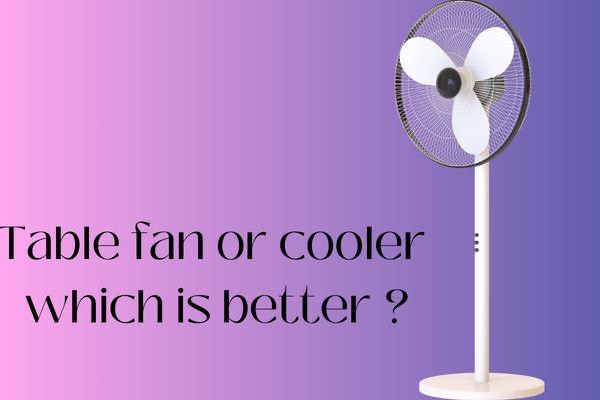Is Tempered Glass Useful?

Tempered glass is not harder or softer, easier to scratch, break, or more porous than annealed, but it is tougher. Tempered glass is designed to use in areas where there is a high risk of contact, temperature changes, high temperatures, and breakage.You will often find tempered glass in architectural situations like windows, glass railing, wall cladding, shelving, doors, and showers.
Unlike annealed glass or what we know as “ordinary” glass, tempered glass does not break into large jagged shards that can cause serious injuries. Instead, it breaks into smaller granular pieces that are less likely to cause harm. This is why tempered glass is used in passenger vehicle windows, refrigerator trays, shower enclosures, microwave ovens, and other things we use on a regular basis.Tempered glass is also much stronger than annealed glass. It undergoes a complex manufacturing process that toughens it both physically and thermally.
To prepare glass for the tempering process, it must first be cut to the desired size. The glass is then examined for imperfections that could cause breakage at any step during tempering. An abrasive such as sand paper takes sharp edges off the glass, which is subsequently washed. Next, the glass begins a heat treatment process in which it travels through a tempering oven, either in a batch or continuous feed. The oven heats the glass to a temperature of more than 600 degrees Celsius. (The industry standard is 620 degrees Celsius.) The glass then undergoes a high-pressure cooling procedure called “quenching.” During this process, which lasts just seconds, high-pressure air blasts the surface of the glass from an array of nozzles in varying positions. Quenching cools the outer surfaces of the glass much more quickly than the center. As the center of the glass cools, it tries to pull back from the outer surfaces. As a result, the center remains in tension, and the outer surfaces go into compression, which gives tempered glass its strength.
Another approach to making tempered glass is chemical tempering, in which various chemicals exchange ions on the surface of the glass in order to create compression. Glass in tension breaks about five times more easily than it does in compression. Annealed glass will break at 6,000 pounds per square inch (psi). Tempered glass, according to federal specifications, must have a surface compression of 10,000 psi or more; it generally breaks at approximately 24,000 psi.


